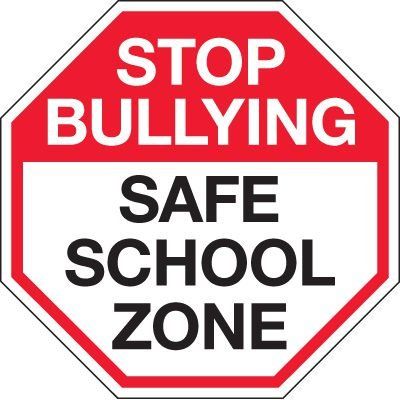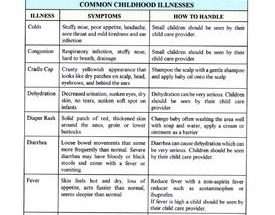Bullying is a widespread problem affecting children and adolescents across the globe. It involves repeated aggressive behavior towards an individual, often with the intention to harm, intimidate, or exert power over the victim. Bullying can occur in various forms, such as physical, verbal, social, and cyberbullying.
The Impact of Bullying on Children
Bullying can have severe short-term and long-term effects on a child's well-being, affecting their mental, emotional, and physical health. It may lead to anxiety, depression, low self-esteem, academic difficulties, and even suicidal thoughts or actions. Victims of bullying may also experience social isolation, withdrawal, and decreased participation in school activities.
Understanding the Causes of Bullying
Bullying behavior can stem from various factors, including personal insecurities, power imbalances, lack of empathy, and learned behaviors from family or societal environments. Certain risk factors, such as neglectful parenting, exposure to violence, or social exclusion, can increase the likelihood of children engaging in bullying behaviors. Understanding the underlying causes can help in developing effective prevention strategies.
Bullying Prevention Strategies
Preventing bullying requires a comprehensive approach involving parents, educators, communities, and policymakers. The following strategies can help create a safe and supportive environment for children:
1. Education and Awareness
Increasing awareness about the harmful effects of bullying through educational programs can enable children to recognize and report bullying incidents. This includes training teachers and parents to identify signs of bullying and providing them with appropriate guidance on how to intervene.
2. Promoting Empathy and Respect
Teaching empathy and respect from an early age can help reduce bullying behavior. Children should be encouraged to develop strong interpersonal skills, understanding the impact of their actions on others, and promoting inclusivity and acceptance of individual differences.
3. Creating a Positive School Climate
Schools play a critical role in fostering a positive and safe environment for children. Implementing anti-bullying policies and programs, encouraging positive relationships, and providing support services can contribute to a healthy school climate. Prompt and effective response to reported incidents of bullying is essential in ensuring the safety and well-being of all students.
4. Involving Parents and Guardians
Collaboration between parents, guardians, and schools is crucial in preventing bullying. Open lines of communication, parent engagement in school activities, and providing resources and support for parents to address bullying-related concerns can help create a united front against bullying.
5. Cyberbullying Awareness and Safety
In today's digital age, cyberbullying has become a prevalent form of harassment. Educating children about responsible online behavior, promoting digital citizenship, and providing guidelines for safe internet usage can help mitigate the risks of cyberbullying.
Conclusion
Bullying prevention and child safety are essential for ensuring the well-being and healthy development of children. By implementing comprehensive strategies that focus on awareness, empathy, a positive school climate, parental involvement, and addressing cyberbullying, we can create a safer world for our children, free from the detrimental effects of bullying.









